Log in or create new account to save this product to your wishlist.

Strawberry Party! How to grow and care for them
Want to plant your own strawberries? Follow our tips on how to plant and care for strawberries, and you will be able to enjoy your own fresh produce shortly.
🌱 All important maintenance moments for your lawn during the year. Leave your email and we will send you the lawn calendar for free.
Enter your email
Receive the lawn calendar in the mail
Enjoy a green lawn all year round!

- Order by 2PM = shipped today
- 250.000+ satisfied customers!
- 60 day satisfaction guarantee
Growing strawberries is for beginners and pros alike. As a beginner, planting strawberries is a proven way to exercise your green thumb. Testes hobby-gardeners already know the joy of caring for plants and watching them grow. Not only is it a fun and relaxing activity, it also produces delicious fruit. Yes, fruit! Even though these delicious reds have a “berry” in the name, they’re fruits from a botanical standpoint. In this article, we reveal the secrets of successfully planting a strawberry plant so that you may enjoy a bountiful harvest.
Why grow your own strawberries?
Growing your own strawberries has many advantages. Firstly, home-grown strawberries are often much tastier than the ones you buy in the shop. So you can enjoy the full, sweet flavour of fresh strawberries straight from your garden. Moreover, you can choose the varieties you like best and that thrive in your garden’s specific climate.
In addition, growing strawberries is an excellent way to save money eventually. Especially, if you eat numerous strawberries. Finally, growing strawberries is a fun and educational activity for the whole family. It is a creative way to involve children in gardening and teach them about nature and how we can care for it. If you have any. In that case, this just means more home-grown strawberries for you.
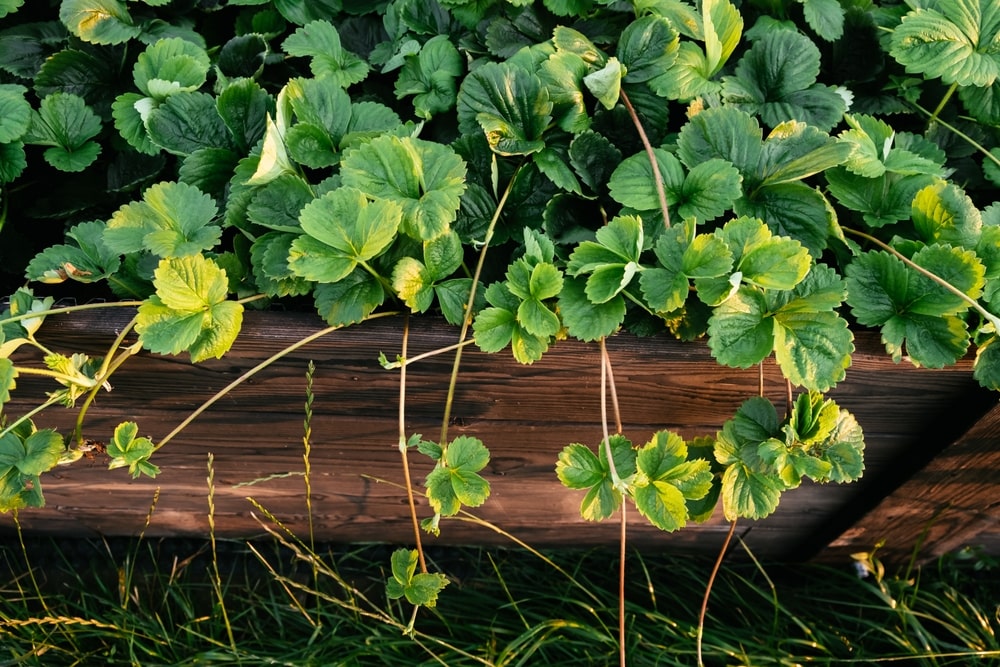
Buying strawberry plants vs. sowing or cutting strawberries
You can buy strawberry plants from the garden centre, but there are two more ways to plant strawberries: sowing and cutting. Sowing strawberries is the most common method for growing strawberries. Strawberry seeds are available in supermarkets, garden centres and online. Sow the seeds in a pot with potting soil and place in a warm, sunny spot. Make sure you water the seeds regularly and keep the soil moist.
The other method is to plant strawberry cuttings. For this, you need to take healthy, young shoots from an existing strawberry plant. Then cut the cuttings and place them in a pot with potting soil. Make sure the cuttings get enough water and that the soil remains moist. Over time, the cuttings will develop roots and grow into mature strawberry plants.
When to plant strawberries?
Plant strawberries in early spring, when the soil starts to warm up. This gives the plants enough time to get established and develop strong roots before the summer heat makes itself felt. Here in the UK, March is often the best time to plant strawberries. Make sure the frost has passed, and the ground is no longer frozen. If you want to plant strawberries in containers, you can do this even earlier, as containers keep the soil slightly warmer. The important thing is to make sure the plants have enough time to grow before summer arrives.
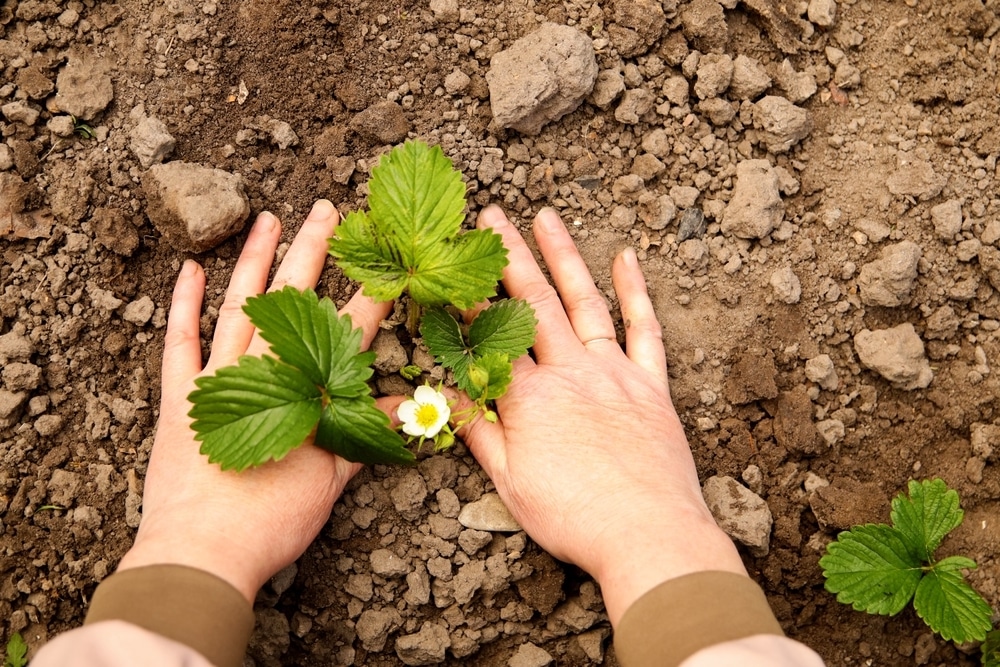
Choosing the right strawberry plant
There are several factors to consider when choosing strawberry plants. First, if you are going to plant strawberries, you need to decide which variety you want to grow. There are many varieties of strawberries, each with their flavour and growing requirements. Some varieties are more resistant to diseases, while others are known for their sweet taste.
When shopping for grown plants, you should pay attention to their overall health. Always select healthy, strong plants. Check the leaves and roots for signs of yellowing, wilting or damage. Healthy plants have firm, green leaves and a well-developed root system.
Different methods of planting strawberries
There are different methods of planting strawberries, depending on your available space and preferences. A popular method is to plant strawberries in containers. This is ideal if you have a small garden or live in a flat without outdoor space. You can also use special strawberry pots or hanging baskets to grow the plants.
If you have a large garden, just plant strawberry in the open ground. When planting strawberries, make sure you pick a sunny spot with well-drained soil. Remove any weeds and dig a trench in which you can plant the strawberries one by one.
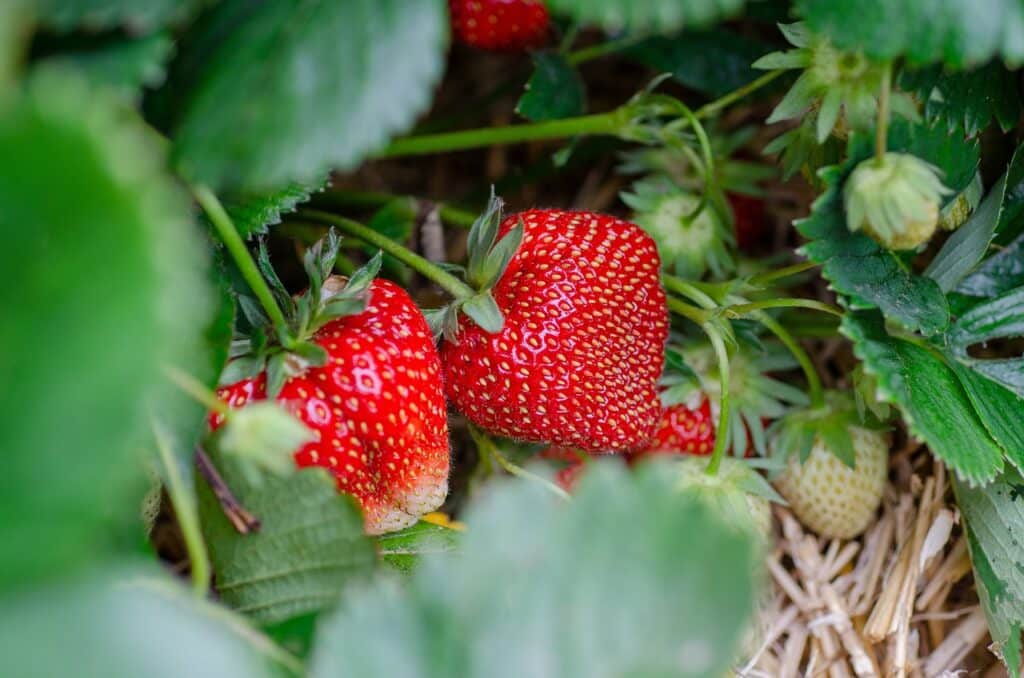
The right distance when planting strawberries
Generally, a distance of 12 – 18 inches between plants is sufficient, when you are planing strawberries in the garden in outdoor beds. This will give the plants enough space to spread out and allow you to take care of them easily.
When planting strawberries in containers, you should also consider the right spacing. Make sure not to place too many plants in one pot, as this may stunt growth. Place the plants about 4 – 6 inches apart. This way, roots, and leaves have enough space to grow.
How to care for strawberry plants
Of course, looking after the plants is also essential to ensure that they stay healthy and produce a good crop. One of the most important tasks in caring for strawberries is adequate watering. Strawberries need regular watering, especially during dry periods. Make sure the soil is always moist, but avoid excessive watering as this can suffocate the roots.
Fertilise strawberries regularly. Use an organic fertiliser specially formulated for strawberries. Apply the fertiliser according to the instructions on the package, and make sure not to over-fertilise the plants. As too much fertiliser can lead to leaf overgrowth and fewer fruit at harvest time. And that would be an absolute shame.
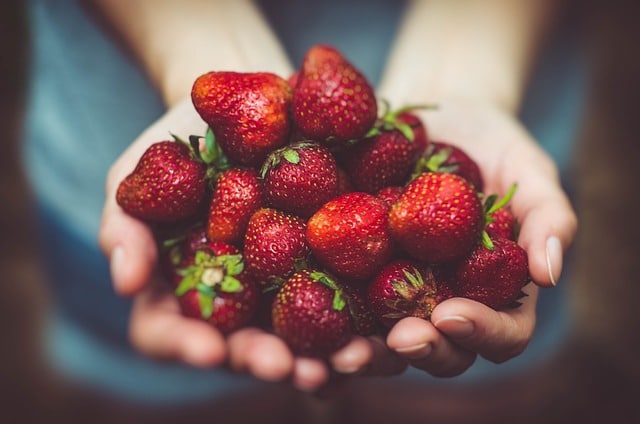
Common problems with strawberry plants
When planting strawberries, we can face several problems, including various diseases and pests. For example, a common concern is snails. Snails can damage the leaves and fruits of strawberries. To control slugs, you can sprinkle slug pellets around the plants or use organic slug pesticides.
If you regularly suffer from slugs and snails, be sure to read our article on the most effective natural remedies for slug control.
Another issue you may face when planting strawberries is fungal diseases. Fungal diseases can affect the leaves and fruits of strawberries and reduce yields. Inspect the plants regularly for signs of disease. If you find any, remove diseased plants immediately to prevent further spread.
How to prevent diseases in strawberries?
Preventing diseases in strawberries starts with taking preventive measures. Make sure you choose healthy plants and give them the right growing conditions. Ensure good air circulation around the plants by not placing them too close together. This helps prevent fungal diseases.
It is also important to regularly remove weeds around the strawberry plants. Weeds can attract fungi and pests that can damage the strawberries. Use mulch to prevent weed growth and keep the soil moist. Mulch also helps regulate soil temperature and prevents roots from drying out.
When to harvest strawberries
Strawberries are ready to be picked when they are completely red, and you can easily detach them from the plant. It is critical to check strawberries regularly and harvest them as soon as they are ripe. Overripe strawberries spoil quickly and can also affect other fruits.
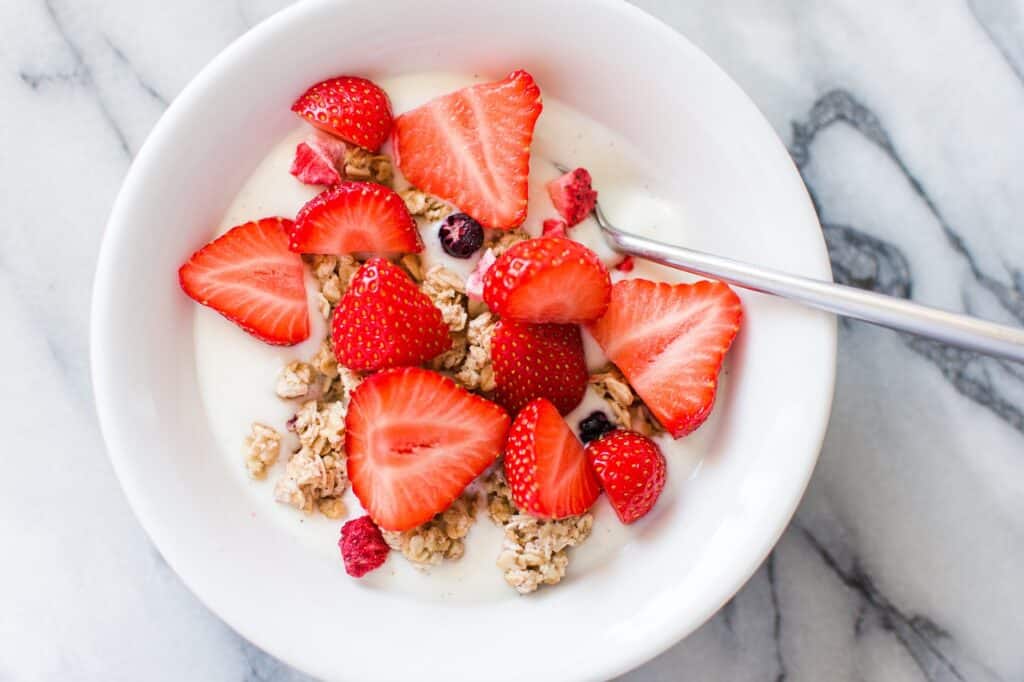
Strawberry FAQs
Plant strawberries in late spring or early summer, when the soil is warm. Choose a sunny spot with well-drained soil. Place the strawberry plants about 12 inches apart. Water regularly and enjoy sweet, juicy strawberries in summer!
To get the most strawberries, go for a sunny location with well-drained soil. Choose healthy, strong strawberry plants and water them sufficiently. Remove weeds regularly and use a balanced fertiliser to ensure an abundant harvest of delicious strawberries.
Strawberries thrive best in well-drained, sun-drenched areas. Select a location with at least six hours of direct sunlight a day. Furthermore, you need fertile, well-aerated soil and should avoid places with waterlogging. Provide optimum growing conditions for a lush strawberry harvest.
Ready to go?
That’s all you need to bring your strawberries to fruition! What a pun. With these careful steps, you will soon be enjoying juicy, home-grown strawberries.
Want more green adventures? Learn how to start your own vegetable garden or discover the art of starting an herb garden! Have questions or require more advice? You are welcome to leave a comment or contact us.
Happy gardening!
-
Zero-Waste Gardening – This is How You Do It!Did you know that the average person wastes between 100 and 150 kilos of food every year? That's why the concept of zero-waste gardening is becoming increasingly important for environmentally conscious gardeners that like to do their gardening greener.Read more
-
How to Master Tree Pollarding: A Practical GuidePretty dense! What might be an insult to some, is certainly a compliment to trees. Through pollarding, you can make sure, your trees have a dense crown of beautiful leaves.Read more
-
Get Ready: Here are 5 Garden Trends for 2025Curious about the latest garden trends for 2025? From smart solutions to sustainable choices, discover all the outdoor trends that are transforming British gardens!Read more
-
How to Care for Plants in Winter: A Simple GuideWhen winter comes around, the care requirements of your plants change. Find out, how to adjust the care routine for your plants.Read more
-
Companion Planting Made Easy: A Step-by-Step TutorialStrategic plant partnerships can solve common gardening problems like pest invasion and disappointing yields. Find out which plants are great together in our companion planting guide.Read more
-
How to Grow Sweet Potatoes in Your GardenWant to know something splendid? A single sweet potato plant can produce 5 to 10 pounds (4.54 kg) of nutritious tubers—plenty to keep your family’s pantry well-stocked for weeks!Read more
-
Revive Your Lawn After Winter With These Easy StepsTired of winter lawn damage? Discover how to repair brown spots, remove weeds, and revitalise your grass for a thriving garden this spring.Read more
-
A Complete Guide On Lighting for Your House PlantsAchieve perfect lighting for houseplants! This guide covers light mapping, plant placement, and grow light tips to help your plants flourish indoors.Read more
Leave a comment
Your answer will be displayed on the site and the interested party will be notified by email.
Leave a comment
Have a question or want to share your experience? Leave us a comment.

- Order by 2PM = shipped today
- 250.000+ satisfied customers!
- 60 day satisfaction guarantee

- Order by 2PM = shipped today
- 250.000+ satisfied customers!
- 60 day satisfaction guarantee

- Order by 2PM = shipped today
- 250.000+ satisfied customers!
- 60 day satisfaction guarantee

🌱 All important maintenance moments for your lawn during the year. Leave your email and we will send you the lawn calendar for free.
Enter your email
Receive the lawn calendar in the mail
Enjoy a green lawn all year round!





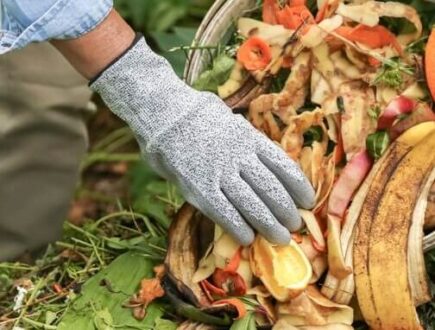

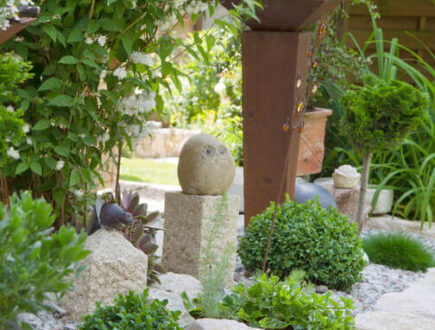
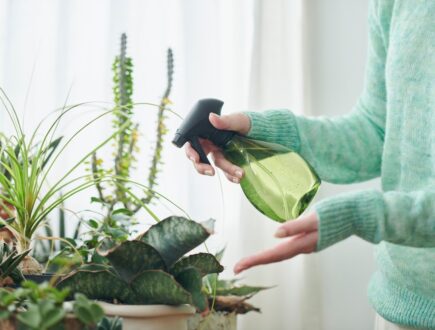


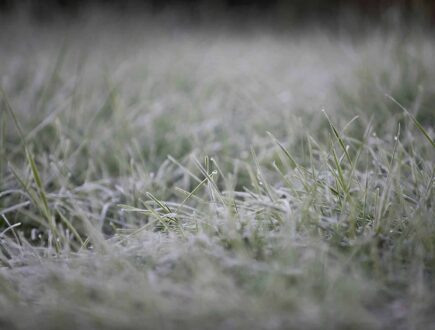




 Summer Deal! Get 15% off the
Summer Deal! Get 15% off the 




Comments (0)
There are no comments yet. Well then, what are you waiting for to
Be the first to write your comment!inaugurate this pretty page?
Do you have some comments?